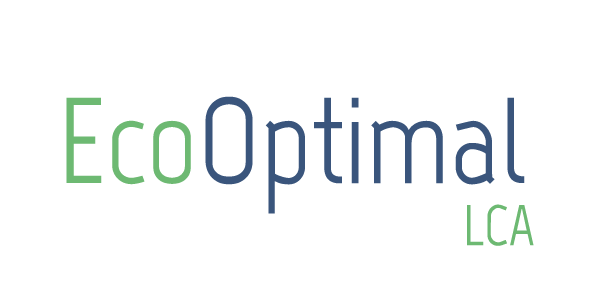Carbon Footprint (CFP)
What is the Carbon Footprint, how it is calculated and why it is important to know it
Carbon Footprint is a metric that estimates atmospheric emissions of greenhouse gases caused by a product, service, company or individual.
CFP indicates the amount of carbon dioxide (CO2) equivalent emitted into the atmosphere both directly and indirectly by human activities; generally expressed in tons of CO2 equivalent and is in effect a way to track the environmental impact of human activity.
Ethical benefit
The CFP assessment aims to pursue a sustainability agenda by promoting a continuous reduction of impacts in the production process and in the realization of products with reduced environmental footprints and thus more competitive in environmental terms as well.
Strategic benefit
In addition, the CFP is also crucial for business strategies: in a context where suppliers of low-emission products or services are rewarded, the CFP also becomes a tool to highlight one's environmental responsibility activities and policies, according to ESG values.
CFP analysis can be used for the purposes of:
- Research and development
- Design sustainable products
- Demonstrate corporate commitment to sustainability
- Respond to stakeholders about its activities
CFP analyses are conducted using a "Cradle to Grave" approach including the assessment of impacts occurring throughout the entire life cycle of the product/service being analyzed. All flows from raw material extraction, energy production and use, to product transformation and transportation processes, and also the use and subsequent disposal/recycling phases are considered.
The analysis also considers in detail the impacts arising from the production of semi-finished products (and accessories) as an integral part of the product unit.
Life Cycle Impact Assessment: carbon footprint calculation
The method used for impact calculation is the GHG protocol. This method provides quantification of GHG emissions and removals in accordance with the requirements of ISO 14067 and ISO 14064-1.
What we can do for you
We follow you in the evaluation process through:
Preliminary analysis
- Objective definition and scope
- Research guidelines, standards, regulations (EPD, PCR etc.) to appropriately and representatively conduct the analysis
- Estimation of costs and timelines
Actual evaluation
- Detailed data collection (with site visits)
- Analyzed system modeling with specific software
- Impact evaluation and support for interpretation of results
Development of improved solutions
- Presentation and discussion of hotspots
- Scientific and technological consulting to improve environmental performance
- Follow-up and support
